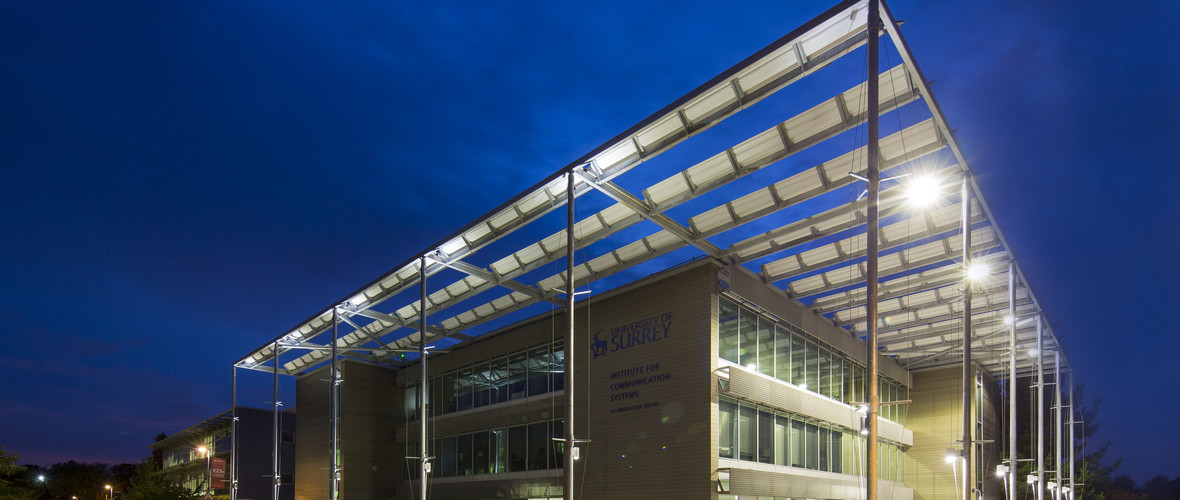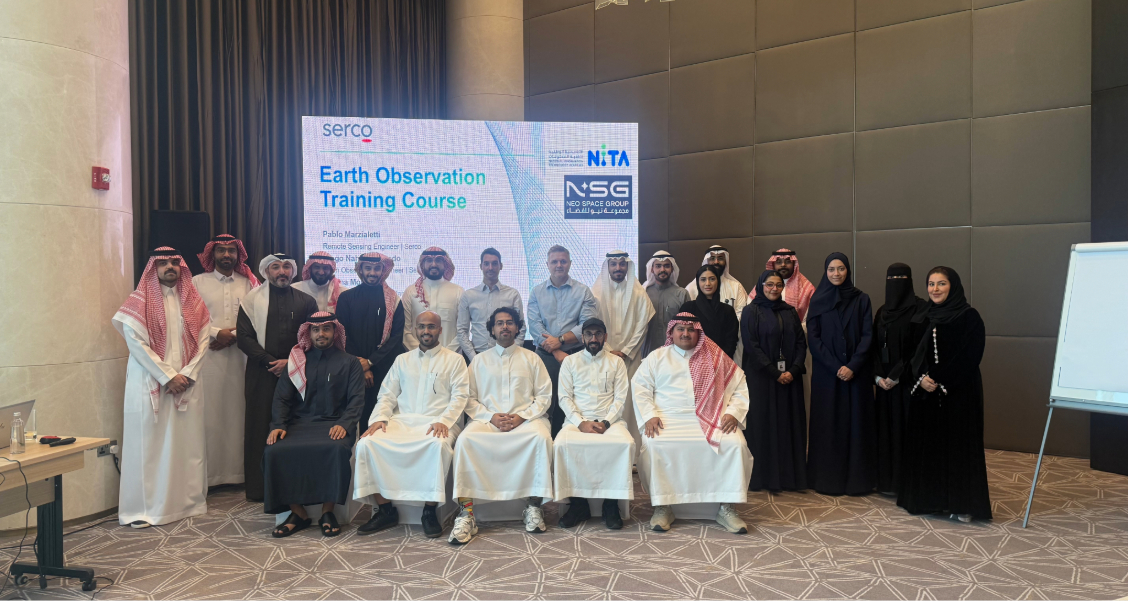CSS to develop digitally-controlled antenna system for LEO satellites

Image courtesy SPRINT
Clutch Space Systems is developing a low-cost software-defined ground station to offer S-band Telemetry, Tracking and Commanding (TT&C) to LEO satellites. The implementation of this ground station requires an innovative and simple digitally-controlled antenna design, along with advanced software-defined back-ends and cloud-based server infrastructure.
The primary objective of this SPRINT feasibility project is to accelerate the development and testing of an experimental prototype version of an antenna in the network. This will involve designing, developing, testing and validating the antenna in an anechoic chamber or with an actual satellite downlink from an LEO satellite. The prototype will form a baseline for a production version for deployment as part of a demonstration network in 2022. Facilities at the University of Surrey include the 5G and 6G Innovation Centres which are pioneering the next generation of information and communication technologies.
This project with the University of Surrey will be funded by the £7 million SPRINT (SPace Research and Innovation Network for Technology) programme. SPRINT provides unprecedented access to university space expertise and facilities. SPRINT helps businesses through the commercial exploitation of space data and technologies.
Martin Philp, CEO and Co-founder of Clutch Space Systems, said: “The demand in satellite communications has risen exponentially due to the growing number of satellite launches. However, the antenna systems currently in use in the industry are still comparable to systems used in the Apollo era. After developing our software-defined RF processing chain, we realised the need for an equally flexible, robust, and novel antenna system, which is an essential part of our aim to deliver a fundamental change in the way satellites are operated and used in LEO.
“We’re strong on the space interface side but developing new and novel antenna concepts is something that we are looking to improve upon. Considering that the 5G and 6G Innovation Centres at the University of Surrey have extensive experience in antenna development, defining and driving this leap of technology through strong academic research support, funded by SPRINT, is pivotal to the success of the project. It will help us to accelerate our market launch and growth.”
Dr Tim Brown, Senior Lecturer in RF Antennas and Propagation and academic in Radio Frequency Engineering at the University of Surrey, added: “With the growth of LEO satellites there's a growing demand for low-cost antenna solutions suitable for satellite links to be scattered over the globe. This work plays an important part in that world-changing engineering plan."












